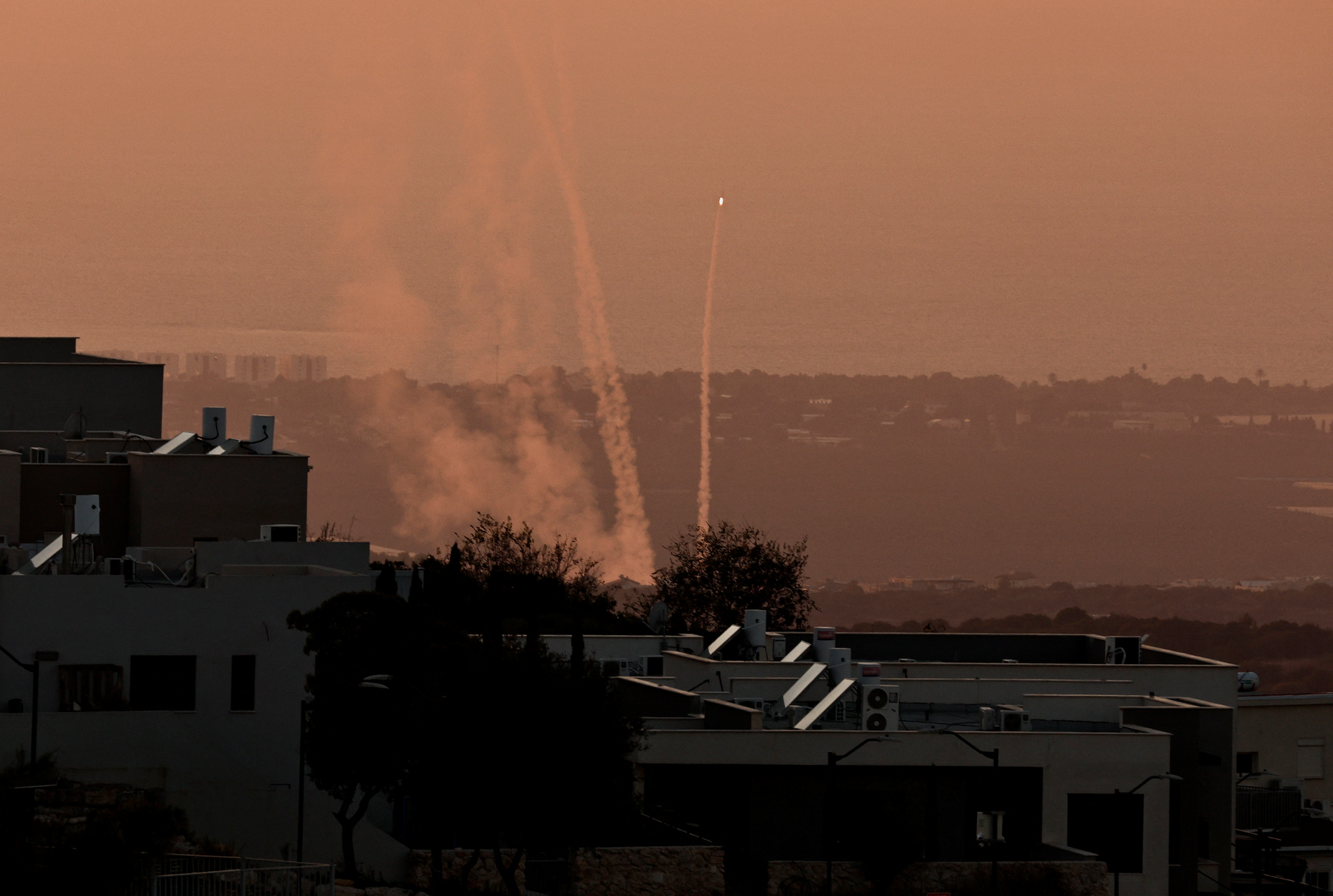Aligning with space-based missile defence would contradict Canada’s commitment to responsible behaviour in space and trigger an arms race on Earth and in space.
Ballistic missile defence has long been a tantalizing dream — promising security through advanced technology that could intercept threats before they hit. But history has repeatedly shown that these promises amount to an illusion. Days after US President Donald Trump ordered an Iron Dome for America, later dubbed a “Golden Dome,” Canada’s Minister of National Defence, Bill Blair, signalled a willingness to join, telling reporters in Washington, DC, that Canada would be a “willing partner” in this endeavour. But Ottawa should think twice.
Trump’s missile defence rhetoric follows a familiar pattern: lofty promises, questionable technology and strategic blindness. The idea of an “Iron Dome” for North America might sound appealing — after all, Israel’s system has had success against short-range rockets. But the challenges of strategic missile defence are far more complex than those of regional, short-range defence.
Strategic missile defence is a flashy, but failed, concept. After 60 years and $350 billion, the system can intercept a carefully controlled test target only 57 percent of the time at best — and it’s helpless against new threats such as manoeuvrable hypersonic missiles.
Intercepting a missile is difficult. That’s why advocates push boost-phase systems to strike missiles right after launch when they’re slow and trackable. In theory, space is the ideal vantage point for this. But even the best engineers can’t defy the laws of physics. Satellites orbiting close to Earth are in constant motion, so thousands of armed satellites would be needed just to defend against a limited range of threats. Even then, the system could easily be defeated by decoys or hacking, or by being overwhelmed. The costs, complexity and risks of a global system are a nightmare.
The strategic fallout is severe. Trump’s “peace through strength” rhetoric obscures the destabilizing impact of missile defence systems. Deploying space-based interceptors would almost certainly provoke reactions from countries such as Russia and China, both of which have long called for a ban on space weapons. These nations would likely respond by ramping up their own missile defence systems, expanding nuclear arsenals and deploying anti-satellite weapons — fuelling an arms race rather than preventing one. We’ve already seen this dynamic in the growing missile arms race, and Moscow immediately issued threats in response to Trump’s proposals. This dynamic would undermine deterrence, fuel instability and heighten conflict risk.
Canada has wisely resisted missile defence before. In 2005, the government chose not to participate in the US ballistic missile defence program. This position was reaffirmed in the 2017 defence policy, Strong, Secure, Engaged. In 2022, then-defence minister Anita Anand launched a review of continental defence strategy, but no decisions have been made to change Canada’s stance.
This does not mean the country is neglecting its responsibility to defend North America. Canada is investing $38.6 billion over 20 years to modernize NORAD (the North American Aerospace Defense Command), including by enhancing early-warning capabilities through over-the-horizon radar and space-based surveillance, as well as by upgrading air defence systems. But with Trump’s push for an “Iron Dome” gaining momentum — and Blair signalling Canada’s willingness to participate — Ottawa must consider the long-term costs, and the strategic risks, of such a commitment.
Canada should tread carefully. Aligning with space-based missile defence would contradict the nation’s commitment to responsible behaviour in space while triggering an arms race on Earth and in space. A system that intercepts missiles can also target satellites. Participation would undermine international efforts to curb the weaponization of space and the debris problem in Earth’s orbit — efforts Canada has long championed. With a four-year initiative at the United Nations set to begin this year to prevent an arms race in outer space, Canada’s diplomatic leadership is more crucial than ever.
For Canada, the risks of missile defence far outweigh any perceived benefits. Rather than preventing conflict, space-based missile defence would provoke countermeasures, and fuel an arms race. Worse, participating in such a system could make the country a target in a future war.
Canada is committed to increasing defence spending, but there are smarter ways to do so. Ballistic missile defence — especially space-based interceptors — shouldn’t be one of them. The government should prioritize investments that benefit Canadians, such as border measures, early-warning capabilities and Arctic security, while advocating for arms control and diplomatic solutions to reduce missile threats. The fantasy of an impenetrable shield is a costly nightmare.
This article first appeared in The Hill Times.



